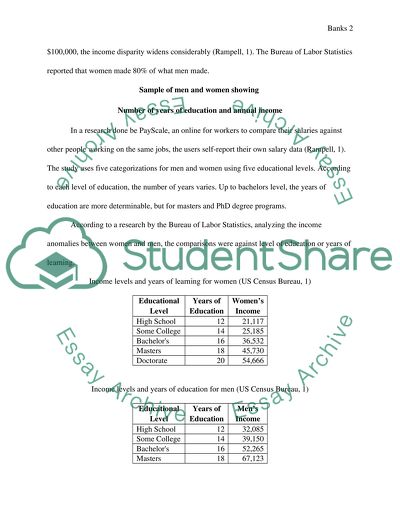Cite this document
(“Is a woman's earning potential equal to that of a man Research Paper”, n.d.)
Retrieved from https://studentshare.org/statistics/1444538-is-a-womans-earning-potential-equal-to-that-of-a-man
Retrieved from https://studentshare.org/statistics/1444538-is-a-womans-earning-potential-equal-to-that-of-a-man
(Is a woman'S Earning Potential Equal to That of a Man Research Paper)
https://studentshare.org/statistics/1444538-is-a-womans-earning-potential-equal-to-that-of-a-man.
https://studentshare.org/statistics/1444538-is-a-womans-earning-potential-equal-to-that-of-a-man.
“Is a woman'S Earning Potential Equal to That of a Man Research Paper”, n.d. https://studentshare.org/statistics/1444538-is-a-womans-earning-potential-equal-to-that-of-a-man.


